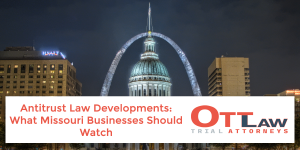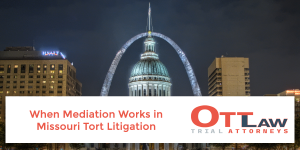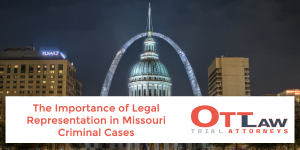Welcome to another blog post from Ott Law Firm, where we aim to provide you with well-crafted legal information. Today we delve into the intricate balance between the First Amendment, which protects freedom of speech, and the right of publicity, an individual’s right to control the commercial use of their identity.
The First Amendment: A Protective Umbrella
In the United States, freedom of speech has long been a cornerstone of the Constitution. This has often created tension with the concept of an individual’s right to control their own name, image, or voice. In many situations, an individual’s identity can be used for commercial purposes without their consent if the usage is considered to be protected by the First Amendment.
However, it’s crucial to understand that the First Amendment doesn’t give a free pass to override a person’s right of publicity in all cases. Courts have worked to find a balance between these two rights, although achieving a standardized approach remains challenging.
The Newsworthy Exception
The media enjoys broad First Amendment protection, especially when reporting on current events or public figures. However, this protection isn’t without limitations. For instance, publishing old photos not related to a newsworthy event doesn’t fall under First Amendment protection.
The landmark case in this regard is Zacchini v. Scripps-Howard Broadcasting. The U.S. Supreme Court clarified that the First Amendment does not automatically override an individual’s right of publicity, particularly when such use can affect a person’s livelihood.
Special Cases: Satire and Parody
Satire and parody present another complex aspect. The Supreme Court case involving Jerry Falwell and Hustler Magazine serves as a key example. Despite the offensive depiction of Falwell, the court ruled that as a public figure, he was subject to satire or criticism. The protection only fails when such portrayals are presented as factual and with actual malice.
Artistic Liberties
Artistic works also wade into the murky waters between the First Amendment and the right of publicity. The case involving a portrayal of Tiger Woods by artist Rick Rush exemplifies this tension. The court ruled that because the artwork transcended literal depictions and included transformative elements, it was protected by the First Amendment.
Final Thoughts
The legal landscape surrounding the First Amendment and the right of publicity is both intricate and dynamic. These cases demonstrate that while there is substantial legal protection for free speech and artistic expression, these rights are not unlimited. They must be balanced against the legitimate interest of individuals to control the commercial use of their identities.
As always, if you have any questions about how these principles may apply to you or your business, don’t hesitate to contact us at Ott Law Firm. You can reach us at +1(314)293-3756 or email joe@ott.law. Our offices are conveniently located at 3544 Oxford Ave, Maplewood, MO 63143, United States.
references
- Zacchini, 433 U.S. 562.
- ETW Corp. v. Jireh Publishing, Inc., 332 F.3d 915; but see White v. Samsung Elecs. Am., Inc., 989 F.2d 1512 (9th Cir. 1993).
- Zacchini, 433 U.S. at 565.
- Hustler Magazine, Inc. v. Falwell, 485 U.S. 46 (1988).
- Id. at 57.
- Id. at 915.
- ETW Corp. v. Jireh Publishing, Inc., 332 F.3d 915.














